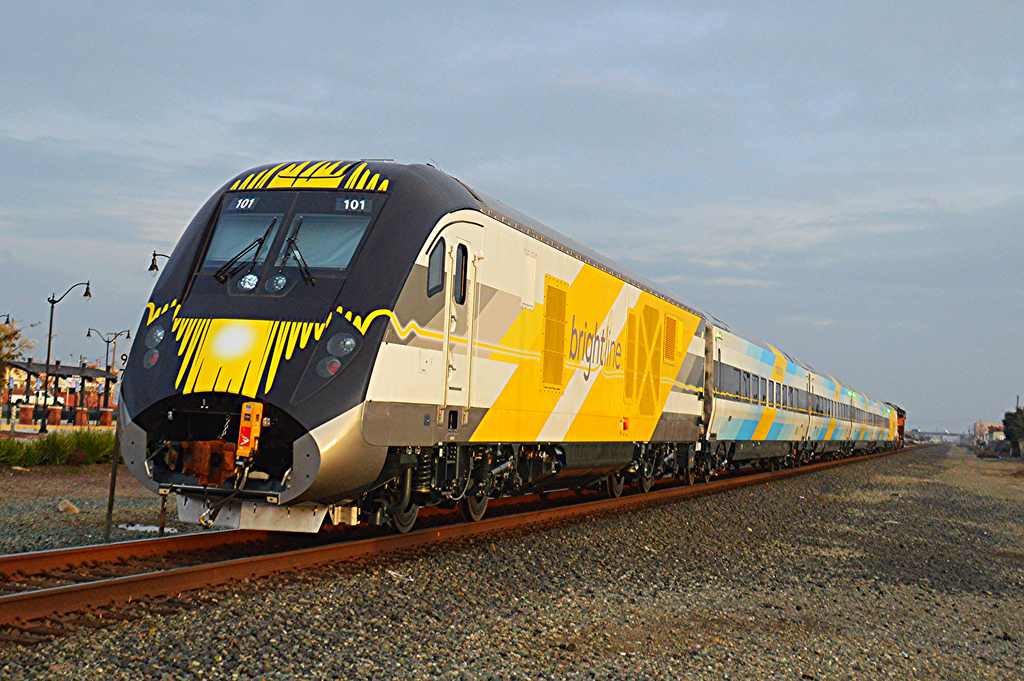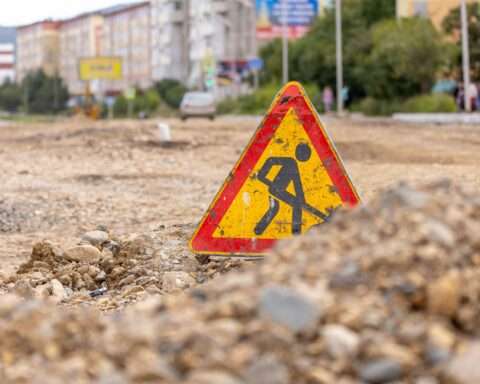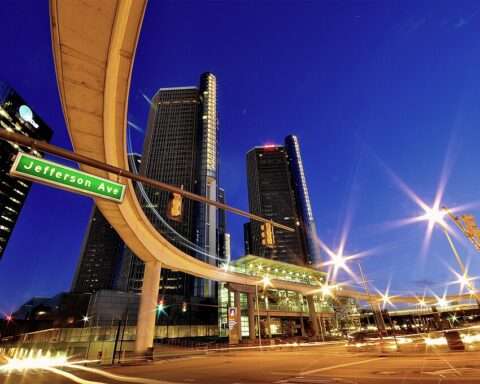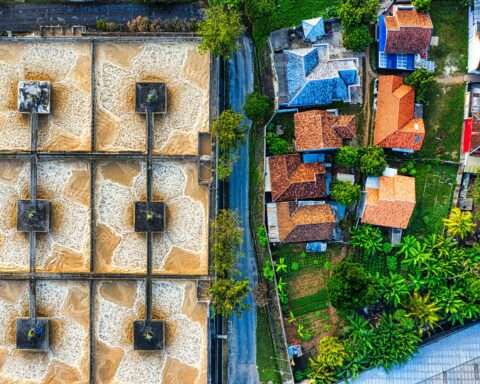High-speed rail is the newest attraction heading to Las Vegas. The Federal Railroad Administration (FRA) is entering a historic $3 billion grant agreement with the Nevada Department of Transportation (NDOT) to streamline America’s first true high-speed rail project and significantly reduce travel time between Las Vegas and Southern California.
The Brightline West rail project, led by parent company Brightline, will develop a 218-mile, all-electric high-speed passenger rail system that’ll transport travelers between the flagship station in Las Vegas and stations throughout Southern California, including Apple Valley, Hesperia and Rancho Cucamonga.
Funded through the Bipartisan Infrastructure Law of 2021, the locomotive project is set to enhance Nevada and California’s response to climate change, offer West Coast travelers a safe and efficient form of transportation, create over 35,000 jobs and set a precedent for future high-speed rail endeavors throughout the country.
RELATED: Settlement clears way for work to continue on California high-speed rail
Brightline West’s trains will be all-electric, zero-emission locomotives and will expand local, state and federal initiatives addressing climate change. Removing about three million cars off the road, Brightline anticipates the project will eliminate more than 400,000 tons of emissions annually.
Cruising at nearly 200 mph, the proposed rail line would operate within Interstate 15’s median, reducing traffic congestion and travel times between the multiple stations. Trains utilizing the Brightline West rail line will be capable of transporting passengers from end-to-end in two hours, twice as fast as the average drive time.
When arriving in the flagship Las Vegas station, passengers can expect easy access to the Las Vegas Strip and hotels through rideshare, taxis and public transportation. The proposed Rancho Cucamonga station, connected to Los Angeles through the San Bernardino Metrolink line, would provide travelers with a seamless link between the Brightline and Metrolink rails.
NDOT is furthering this project with the assistance of Southern Nevada and the California Building Trades. Through labor agreements, Brightline West and NDOT will support over 10,000 direct field jobs during the project’s construction.
Subcontracting opportunities do exist for the Brightline West rail project. Subcontractors looking for opportunities can join Brightline’s interest list by emailing outreach@brightlinewest.com. Additionally, Brightline West is opening job opportunities to reach an estimated 35,000 supported jobs across the construction period. During the project’s operational period, Brightline West will support about 1,000 permanent jobs, about 90% of which will be union positions.
The Brightline West rail project, which broke ground earlier this year, is set to take four years to construct. Project officials anticipate the rail’s initial operations to begin in 2028.
Looking ahead, Brightline West is working collaboratively with the High Desert Corridor Joint Powers Agency and the California High Speed Rail Authority to add new lines and future connectivity to the Brightline West rail system in both Nevada and California. As part of the High Desert Corridor, Brightline West is in the planning stages of developing an interoperable station in Palmdale that’ll connect the California High Speed Rail and Brightline West systems.
Albeit the first endeavor west of the Mississippi River, this ambitious high-speed rail project is not Brightline’s first. The Brightline Florida rail system, beginning revenue service in 2018, operates locomotives between Orlando and Miami with trains traveling at a comparatively modest 125 mph. Constantly expanding, Brightline Florida is planning additional stations in Stuart and Cocoa.
Photo courtesy Dom Blevins (Sjrailfan35 ksjcaviation)













